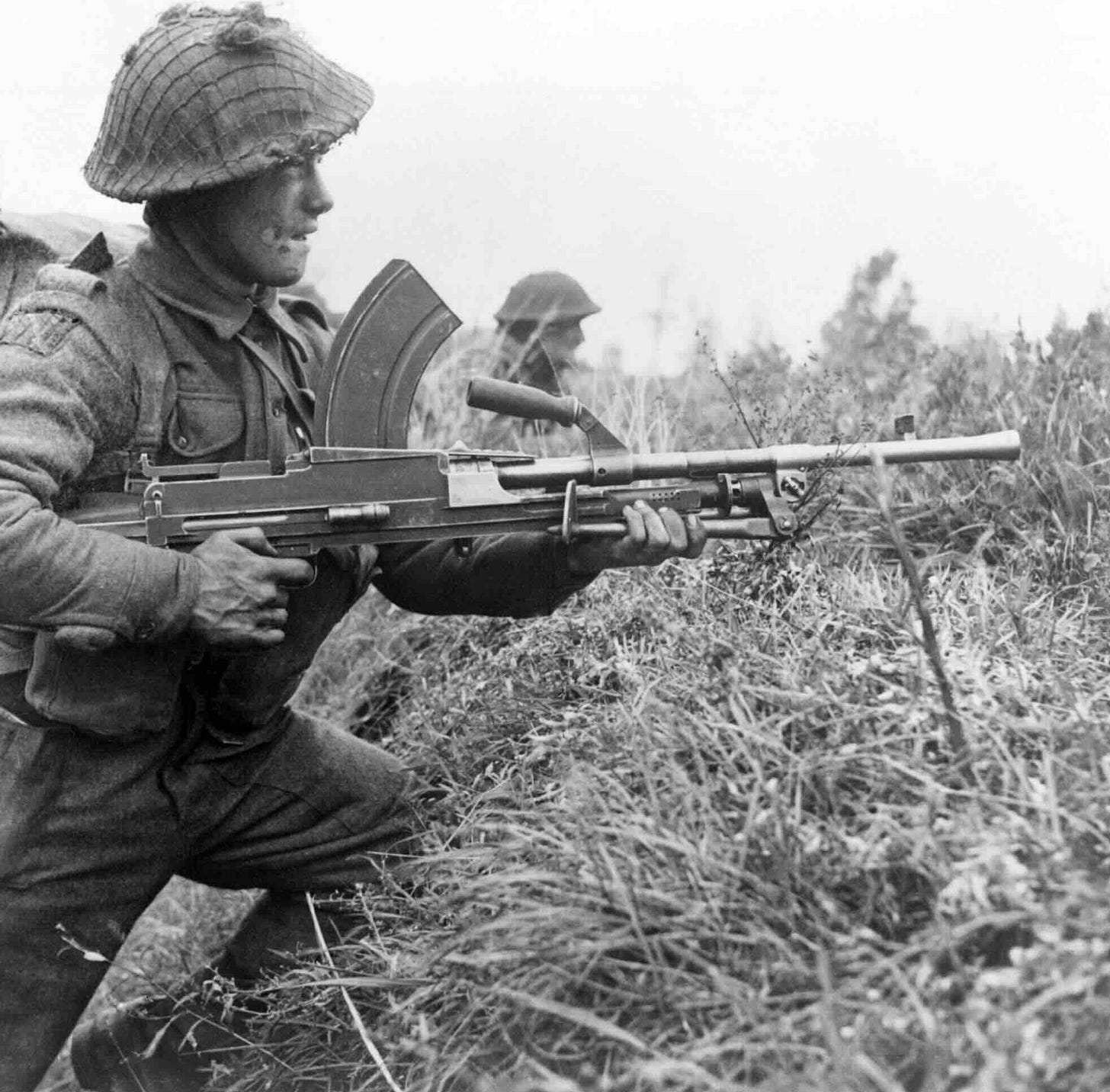Mines menace Allied infantry
9th November 1944: Masses of crude 'low metal content' mines are difficult to detect - new techniques have to be invented in the field

The Allies were now confronting difficult terrain as they pushed into the border area with Germany. The US Army was held up at the Metz fortresses and in the mountainous forests. The British still confronted a determined German defensive position in the wet lowlands west of the Meuse River. The advance slowed as the British tried to replace heavy casualties and then became a miserable slogging match for the remainder of November.
These mines were causing a continuous stream of casualties with horrific injuries.
The Germans had by now ample time to build their defences. While Hitler was placing his faith in his miracle weapons - the V2 continued to hit London and Antwerp - some of the simplest technologies were to prove very effective in establishing defensive positions.
Royal Engineer Brian Guy1 describes how their tactics evolved in the field:
We were now battering at the gates of the German homeland on the Dutch side of the border in the Limburg area, and had to set about breaking his hold on the vital Dutch/German border areas. What follows is a recollection of one of the hardest fought, bloodthirsty, and sometimes, for us, very peculiar episodes of the war in North West Europe.
Keep reading with a 7-day free trial
Subscribe to World War II Today to keep reading this post and get 7 days of free access to the full post archives.


